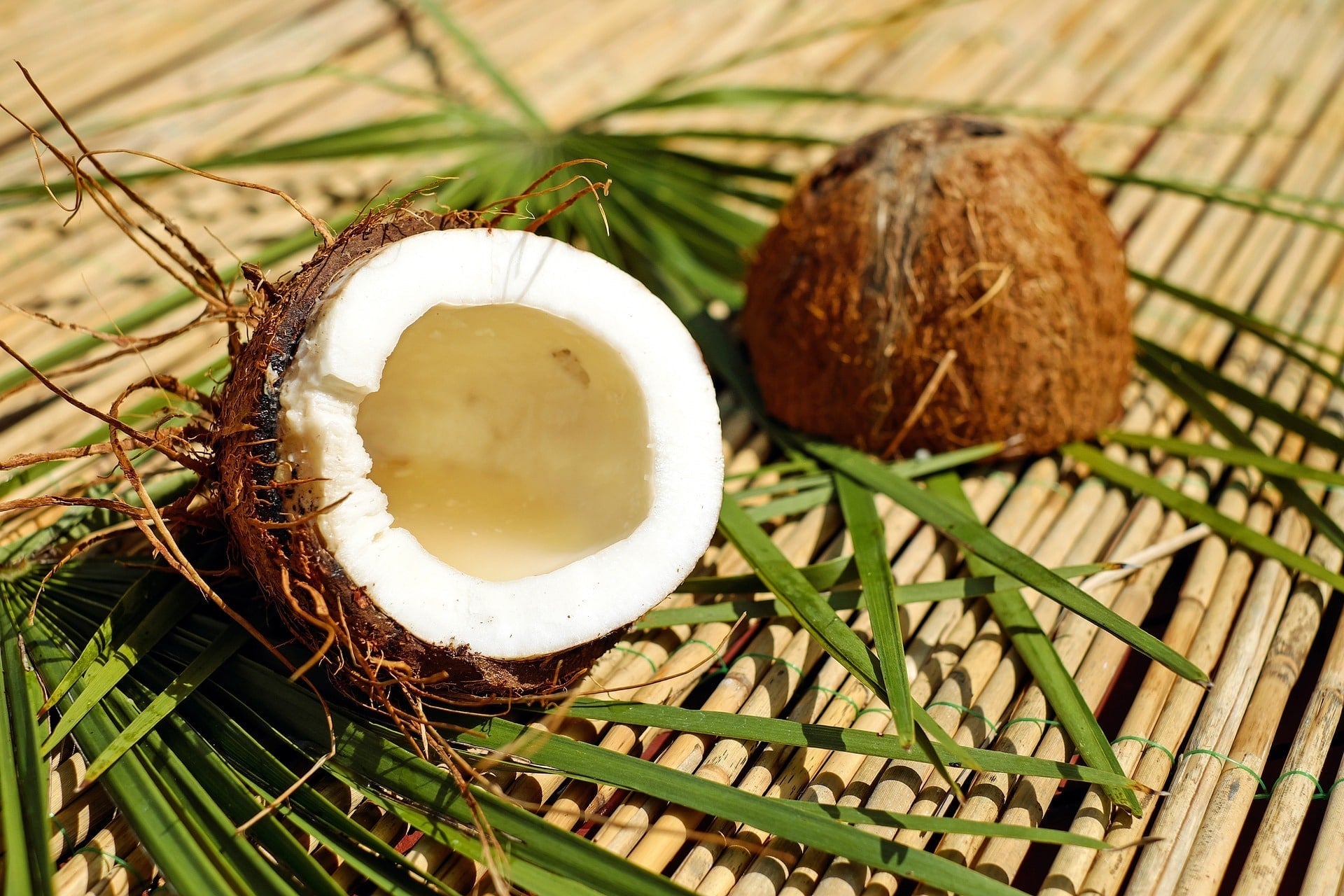If you're a regular reader of the blog, you'll know that we often refer to scientific research into the health benefits of coconut oil. In fact, in our last post, we looked at 3 scientific studies that demonstrate the powerful anti-inflammatory effects of virgin coconut oil.
But despite everything we've written about the science behind coconut oil, we've only just scratched the surface. Want an idea of how many published studies there are involving coconut oil, medium-chain triglycerides, and other related subjects? Check out this small sampling from the Coconut Research Center.
There's clearly no shortage of scientific research that demonstrates the health benefits of coconut oil. But that doesn't stop negative headlines from appearing in the press. One of the reasons for this is that mainstream media outlets often misinterpret the findings of scientific studies.
So, what can you do to avoid inaccurate information and keep up to date with the latest scientific research? We recommend going straight to the source and reading published scientific studies. But while published studies are the most accurate source of scientific information, they can often be difficult to read and understand.
In today's post, we'll provide some simple guidelines to help you interpret scientific studies. Next week, in part 2 of this post, we'll look at some specific scientific studies and walk you through the process of interpreting them.
We hope you enjoy this 2-part post and learn something new. Ready to get started? Let's dive in…

Step 1: Skim Through the Study
First, print out a copy of the study and read the title, keywords, and publication date to get an overview of what the study is about and when it was published. It's also important to make sure that the study is reputable before you start reading. This article from Editage Insights has some useful tips to help you identify whether a study is reliable.
Next, skim through the study once to get an idea of its structure. Highlight important sentences and make a note of any words or acronyms that you don't understand so you can look them up later. Most scientific studies are divided into the following sections:
- Abstract: a brief summary of the entire study.
- Introduction: information about the topic and purpose of the study and the questions it aims to address.
- Methods: technical information about the procedures carried out in the study
- Results: study findings and data.
- Discussion: an interpretation of the study's findings in the context of broader research.
Step 2: Read the Introduction and Discussion
After you've skimmed through the study once, we recommend going back and reading the introduction. As mentioned above, the introduction gives useful background information about the topic and purpose of the study. It's also generally quite clear and easy to read.
Next, read the discussion section for an overview of the findings of the study. Like the introduction, the discussion is usually less dense and easier to understand than other sections. You may find it useful to highlight important sentences and add to the notes you made earlier.
Step 3: Read the Results Section and Abstract
The results section contains detailed data. This is where you can examine figures, tables, and graphs to gain a wider understanding of the findings of the study. Need some help interpreting the data? Check out this useful article from Cosmos Magazine.
If you're looking for more information about the procedures carried out in the study, check out the methods section. But be warned – it's often the most difficult part of the study to understand! After reading the results section, we recommend heading straight to the abstract. This section summarizes the study and gives the authors' interpretation of the results. Pay particular attention to this interpretation and consider whether you agree with it (more on this in a moment).
Step 4: Consider Different Points of View
After completing the steps outlined above, take some time to think about the study in a wider context. Look for other studies on similar topics to get an idea of research carried out in the field. This article from Science Buddies lists the best places to find published studies.
As we mentioned in step 3, it's also important to remain skeptical and consider whether you agree with the findings of the study. After you've formed an opinion, head on over to Google and find out what other researchers have to say about the study. Pay attention to the opinions of qualified experts who are members of accredited associations. Whether or not they support the study can give you clues to its reliability.
While an online search can reveal a lot about a study, it's also useful to check other sources such as books and science magazines. This will give you a more thorough and well-rounded understanding of how the research is viewed by the wider scientific community.
It's worth pointing out that peoples' opinions (both researchers and those interpreting the studies) will play a role in how the studies are interpreted and reported. For this reason, it's important to weigh up the opinions of as many experts as possible before drawing your own conclusions about the study.
Finally, we recommend being especially skeptical of interpretations of scientific studies posted to Facebook or other social media platforms. This information is often inaccurate, incomplete, and sensationalized to maximize engagement.
That's it for part 1 of our 2-part post on interpreting scientific studies. Make sure to check back here next week for part 2, when we'll be putting these steps into action.




